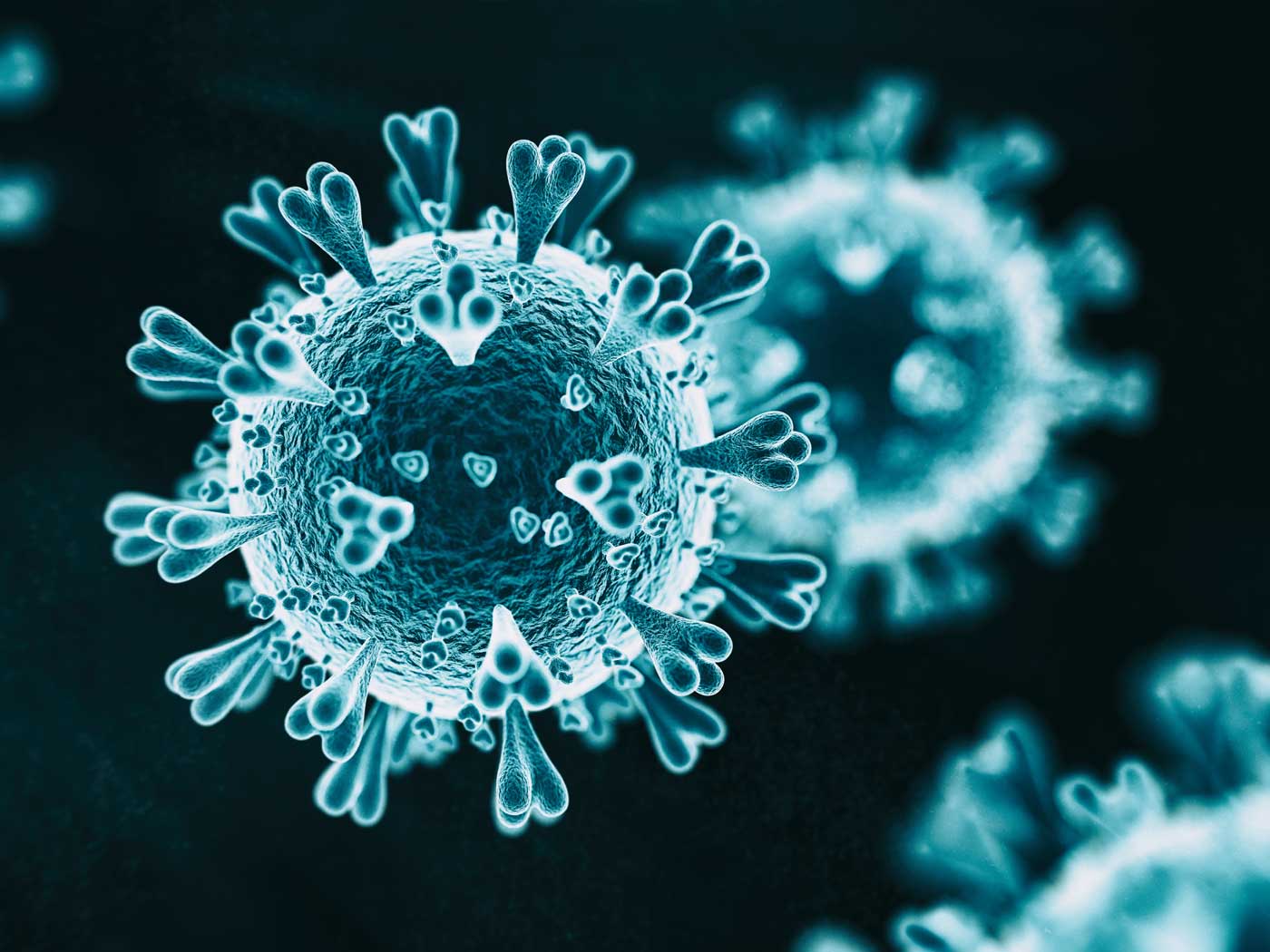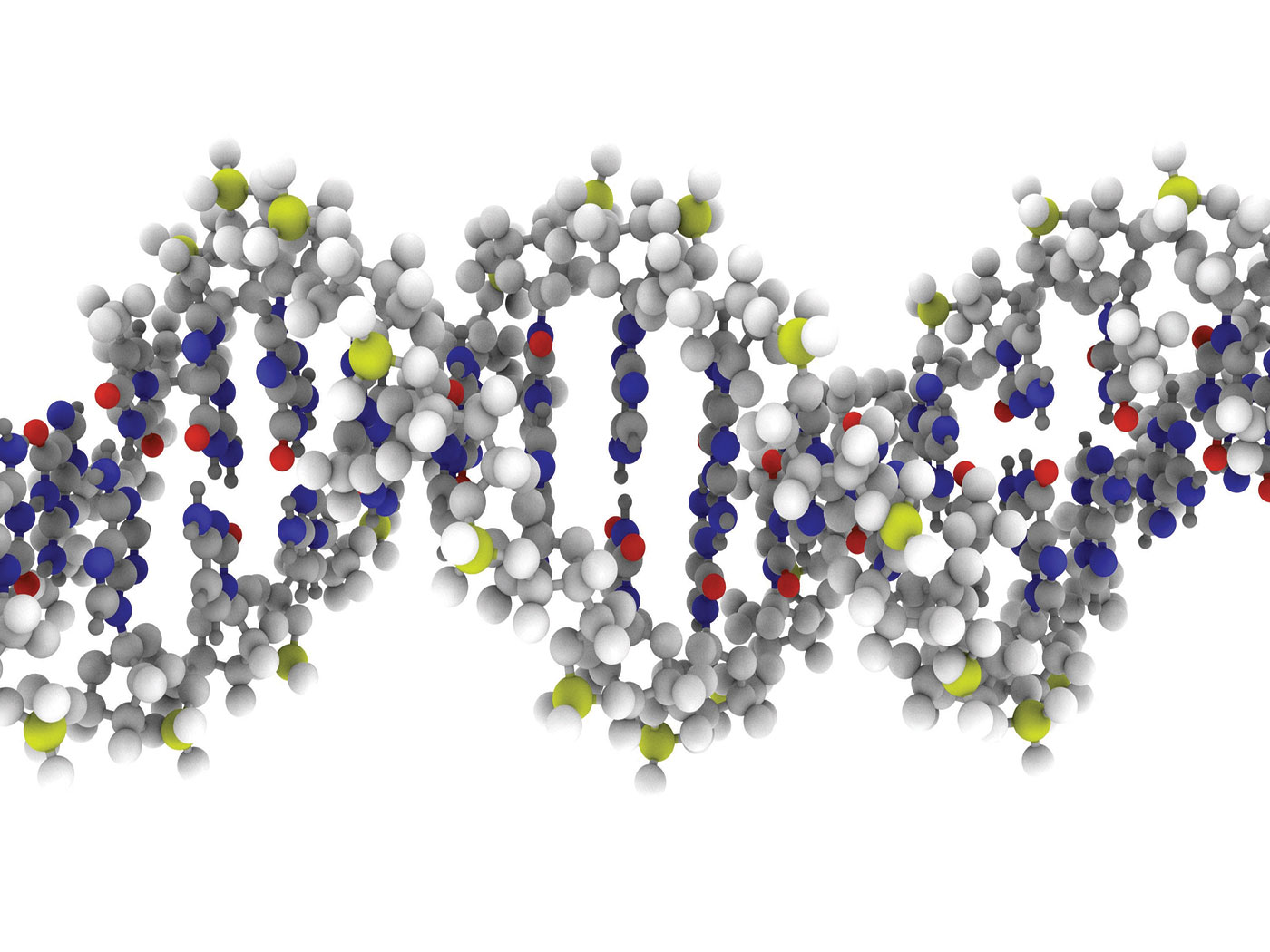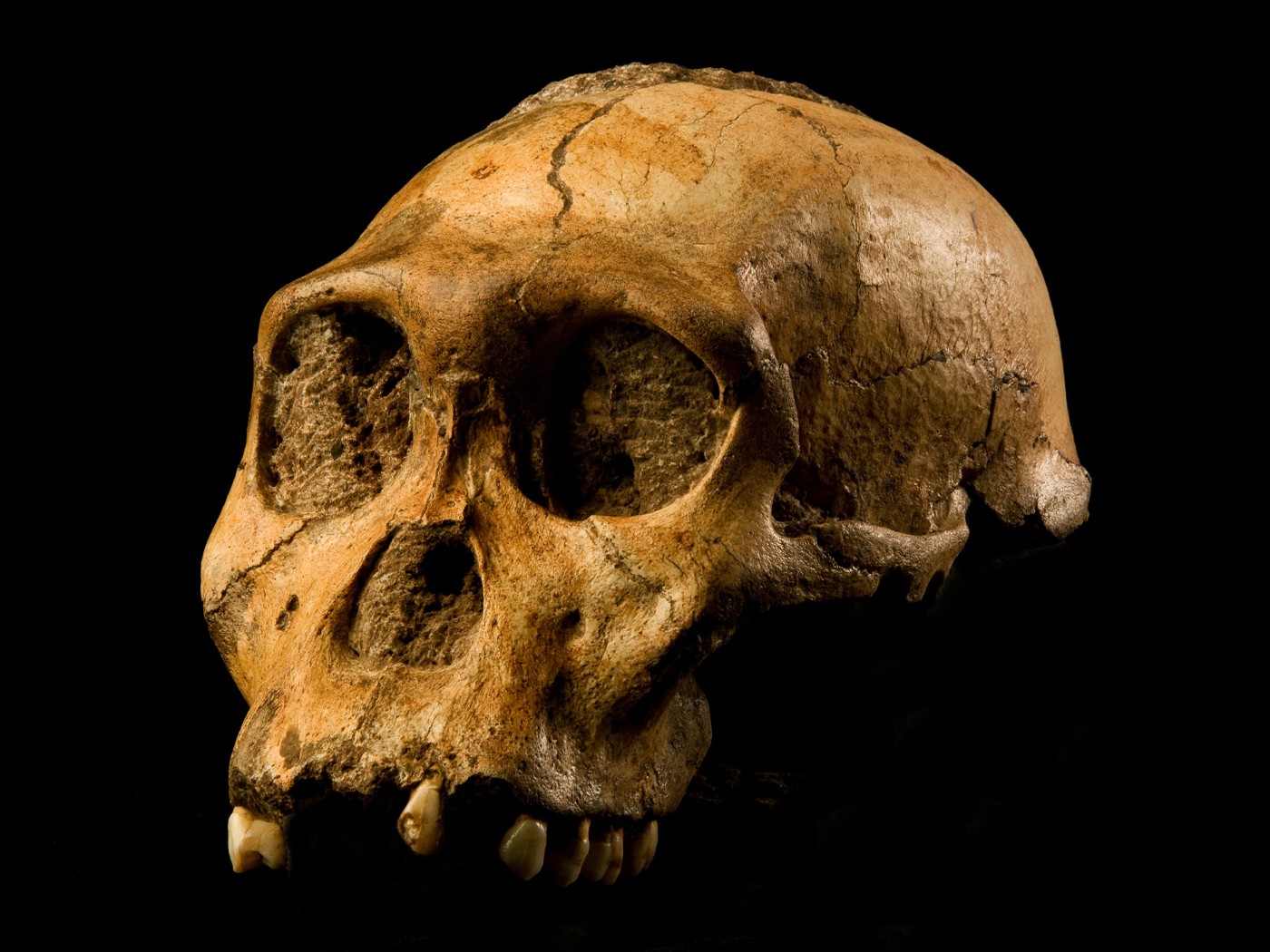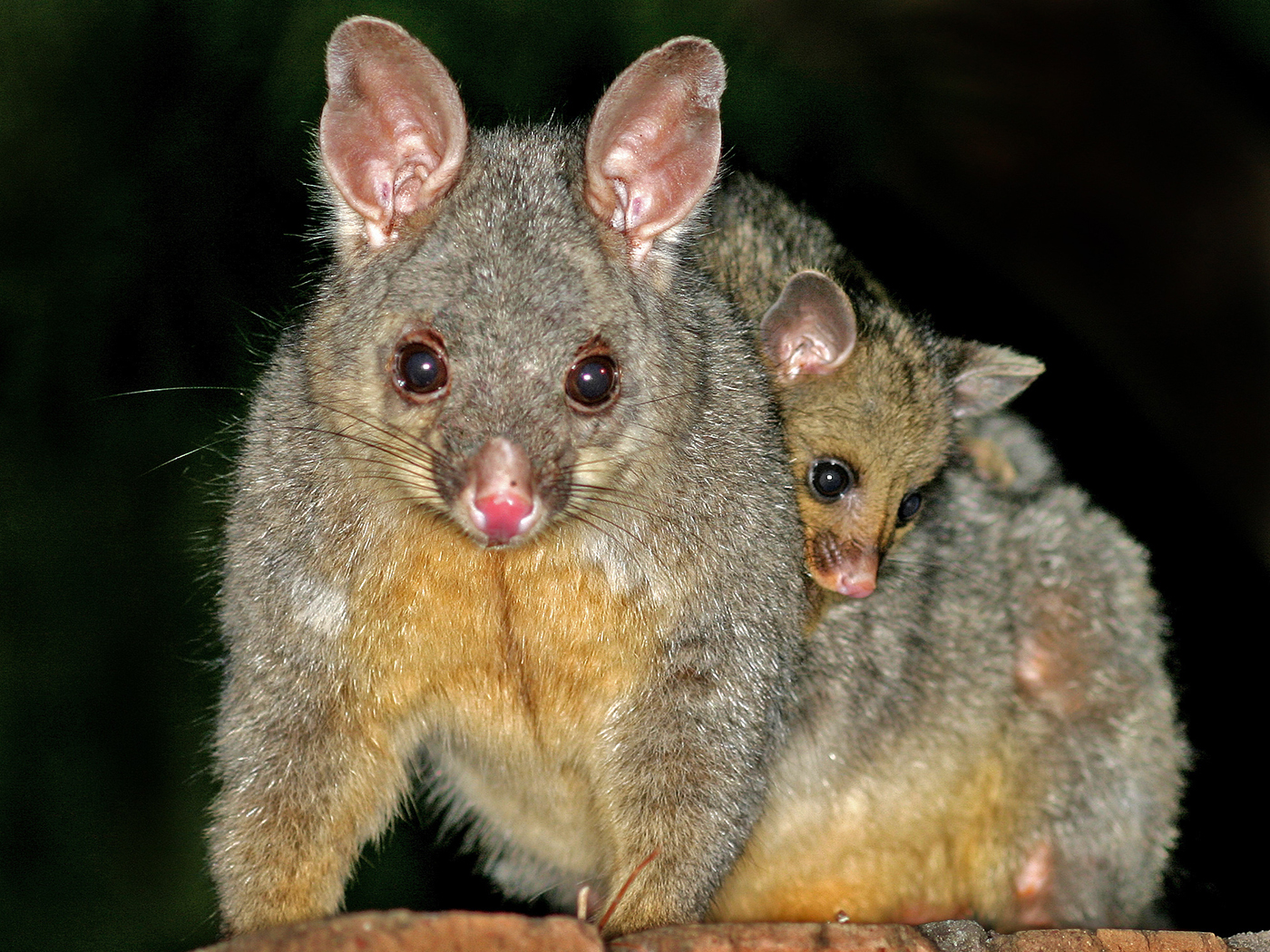Geckos can run just as easily along a wall or ceiling as they can across a floor. This is due to special pads on their toes, which can even grip glass. No man-made adhesive technology comes even close to functioning as well as gecko feet. And after years of research, the last missing puzzle piece to gecko foot design has apparently been found.
Even though gecko toe pads adhere strongly to almost any surface, they can peel off of those surfaces quickly. That's because the pads have tiny hair-like projections made from the tough protein keratin that can only be seen at incredibly strong magnification. If the geckos' feet and tiny keratin fibers got dirty, that sticky interaction wouldn't work, making them instantly vulnerable to predators.
In an effort to find out how geckos keep their feet clean, researchers based at the University of Akron (UA) found that phospholipids, which are special kinds of thin oils, are manufactured and excreted to keep the keratin hairs clean and serve as the temporary contact adhesive between geckos' toes and the surface on which they're walking.
In a study published in Journal of the Royal Society Interface, the team discovered the phospholipids using a technique called "surface-sensitive spectroscopy," finding the substance as a residue in "the near-invisible gecko footprints." Before this, phospholipids had not been considered in understanding the self-cleaning and fluid-like ability of gecko feet to adhere and release, according to a UA news release.1 The researchers called the nature of the phospholipids "superhydrophobicity," which means extremely water-repellent.
An article featured in Nature reported that a separate research group "mimicked pitcher-plant surfaces by making a sponge-like material and filling it with a lubricating liquid to create slippery liquid-infused porous surfaces (SLIPS)."2 The pitcher plant also uses a superhydrophobic lubricant to trap insects that slip on the plant's surface and fall into its "pitcher."
The senior author in the gecko study noted that "the lipids in gecko footprints have significant implications for scientists working to design synthetic adhesives,"1 while the Nature author wrote that the pitcher plant findings "will probably also lead to the development of new materials for many applications … in biomedical devices, for example, or as coatings to prevent the icing or fouling of surfaces." Researchers hope to mimic the substance qualities of their test subjects, but "making superhydrophobic surfaces is a challenge."2
As remarkable as its phospholipids are, a gecko requires much more than that to get around the way it does. Gecko locomotion is an all-or-nothing system. For example, these lizards need curved toe pads. If their toes were flat, the entire surfaces of their feet would adhere, and the geckos would not be able to lift their legs. But because of the curved shape, only a portion of the footpad contacts the substrate at any one time. By rolling their toes, geckos can quickly and repeatedly remove and replace their feet as they walk or run.
This requires integrated neuromuscular coordination, as well as peculiarities in skeletal arrangement. Without coordination, curved footpads, keratin hairs, and the newly discovered phospholipids all working together at the same time, geckos would become easy prey as they vainly stumbled about in an imaginary evolutionary past.
The only possible means to achieve such all-or-nothing systems is through intentional creation. And although producing the remarkable "superhydrophobicity" found in the gecko and pitcher plant is clearly a challenge for intelligent people, and impossible for unintelligent nature, it is no problem for an all-wise Creator.
References
- Scientists trace gecko footprint, find clue to glue. University of Akron news release, August 25, 2011,
reporting on results in Hsu, P. Y. et al. Direct evidence of phospholipids in gecko footprints and spatula…substrate contact interface detected using surface-sensitive spectroscopy. Journal of the Royal Society Interface. Published online before print August 24, 2011. - Nosonovsky, M. 2011. Materials science: Slippery when wetted. Nature. 477 (7365): 412.
* Mr. Thomas is Science Writer at the Institute for Creation Research.
Article posted on October 17, 2011.














